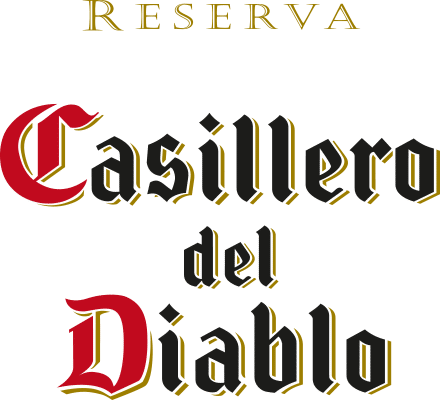
This Holiday Season, Celebrate Chile’s Artisan Heritage
Chilean craftmanship dates back centuries. From lapis lazuli jewelry, copper art, to wine, the country boasts many heritage industries worth discovering. For example, Artesanías de Chile, the Chilean Handicrafts Foundation, is a joint effort between the Chilean government and over 2,000 artisans from tip to tip, created to save, support, and promote craft industries. The collaboration sells items in retail stores in Santiago as well as online. Pieces are unique, handmade and utilize traditional materials from clay pots called greda to earrings and alpaca shawls. Whether you plan to visit Chile or merely wish to learn more about its culture, here’s an overview of five key artisan traditions to know.
Lapis Lazuli Jewelry
Though most people are familiar with the piercing blue of this semiprecious stone, few realize this natural product derives from Chile. Mined during the summer at high altitude in the northern Andes, lapis lazuli, or lapis for short, comprises 14 different minerals. Lazurita, the primary mineral, lends a brilliant blue hue; calcite, the gray and white veins; and pyrite, hints of glittering gold. The stone has been revered as a symbol of luck, health and purity for an estimated 6000 years, though commercial production extends only to the 19th century. Pre-Colombian cultures like the Diaguitas worked the stone into beautiful masks and other objects. In the 80s, the Chilean government declared lapis lazuli its national stone. Though found in art and décor, lapis’s beautiful look is best enhanced with jewelry. Gold, silver and copper are employed to hold stones large and small in pieces like necklaces, earrings, and brooches.
Wine
Though considered a New World wine region, Chilean viticulture spans over four hundred years to when the first Spanish settlers brought vines in the mid-1500s. Since, Chile has earned a global reputation for fine and accessible wine, and it doesn’t get much better than Casillero del Diablo. Considered the second most powerful wine brand in the world*, Casillero del Diablo reigns as the #1 Chilean brand in the U.S. Why? First, the brand’s legacy dates to the late 1880s when visionary Don Melchor de Concha y Toro earned both domestic and overseas acclaim for proving Chile’s capacity for great wine, especially around the Maipo Valley. Today, winemaker Sebastián Rodríguez carries the torch of tradition, coaxing beautiful wines, demonstrative of Chile’s diverse soils and climates, from leading varieties like Cabernet Sauvignon, Pinot Noir, Sauvignon Blanc, Chardonnay and Carménère. The Casillero del Diablo portfolio presents thoughtful wine drinkers an intriguing opportunity to explore approachable, elevated wines from a Chilean legacy brand.
Copper Art
Given its history of mining, copper has long been an important resource and key export for Chile. Though employed for mundane purposes like pipes and fittings, at its most beautiful, artisans shape copper into exquisite pieces of art. More traditional works include hammered bowls and plates for mounting on the wall. Because of the element’s malleable properties, contemporary artists work with copper rolled it into thin sheets to create delicate 3-D drawings. They sketch designs on the front, then carefully hammer them into desired form. Other uses include jewelry, especially earrings and bracelets, adorned with raised traditional geometric patterns and designs. Artisans often allow pieces to oxidize or they will intentionally patina certain sections to lend green and blue color on a design.
Trompo
For the inner child or actual child, trompo refers to a traditional Chilean game that approximates a spinning top. The trompo itself is a pear-shaped piece of wood adorned with a spike. Players wrap cord or a length of string around the wooden carving then quickly pull it, launching the piece into a pirouette on its point. Though deceptively simple, the game has persisted in popularity across generations. Variations on play include quiño, a contest in which two players spin trompos at each other to knock the opponent’s game piece out of bounds.
Greda
Clay pottery, sourced from local materials, represents a unique and integral facet of Chile’s artisan history. Pomaire, a small town 30-miles from Santiago, specializes in these earthenware vessels, with local ceramicists crafting rose-tinted cups, pots, plates, bowls, casserole dishes and even animal shapes. The pieces exude warmth and rusticity, perfect for the modern home looking for a nod to the past. But they’re also practical, used for preparing traditional Chilean dishes like porotos granados (bean, corn and squash stew), cazuela (mixed stew) and pastel de choclo. In fact, the latter, a popular and traditional beef and corn casserole, must be baked in a pomaire dish to be authentic. On a side note, Pomaire is also famous for its jumbo 2-pound empanadas. If shopping for pottery in this village, don’t miss trying one – with a friend.



